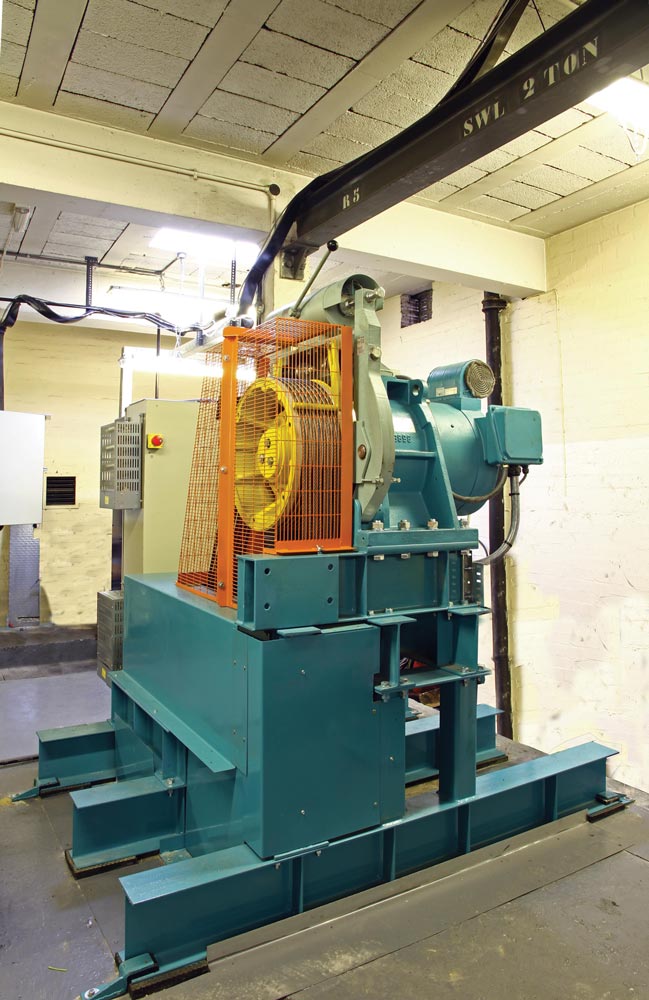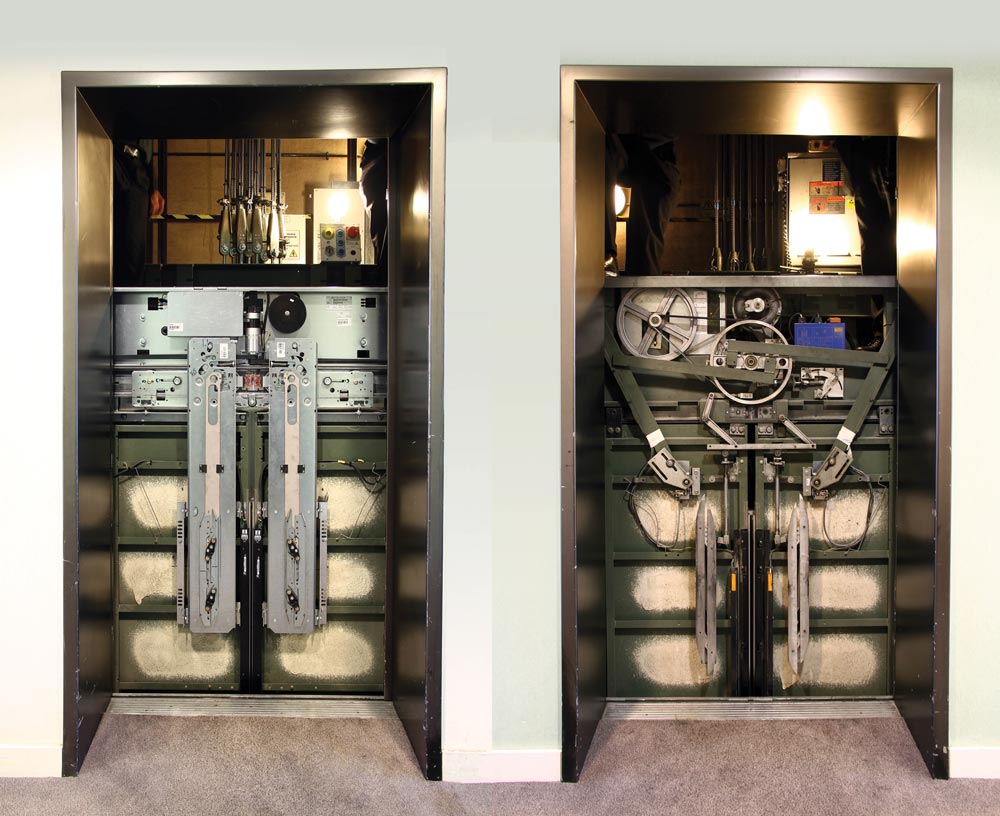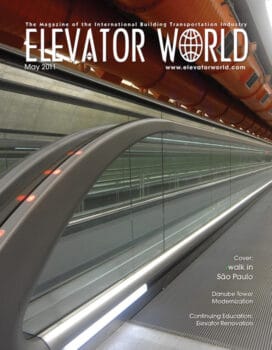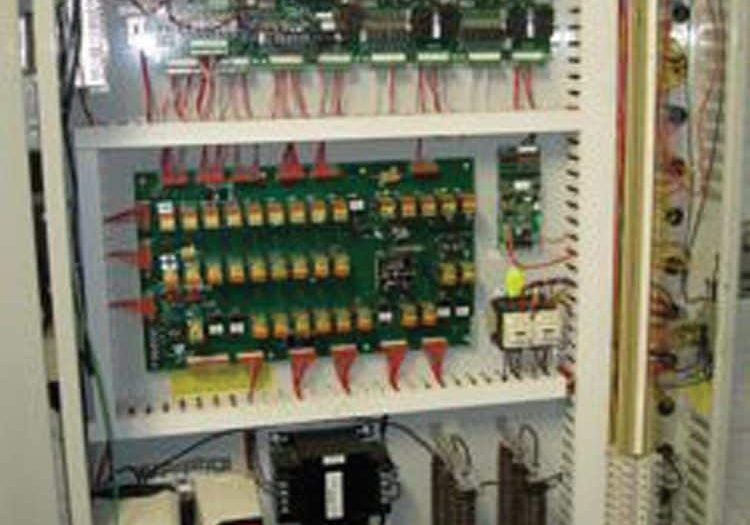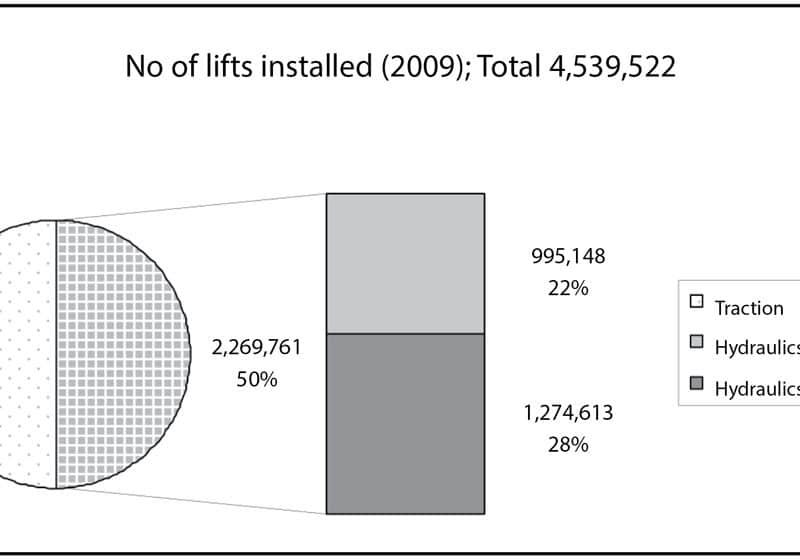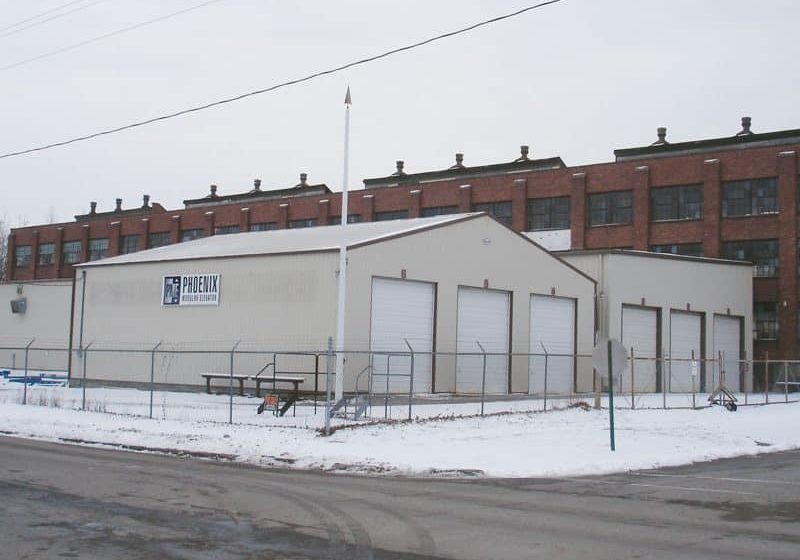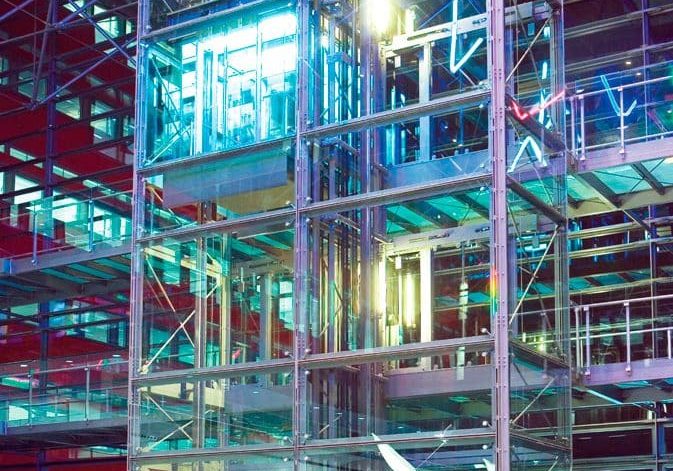Lift Modernization at Manchester’s Portland Tower
May 1, 2011
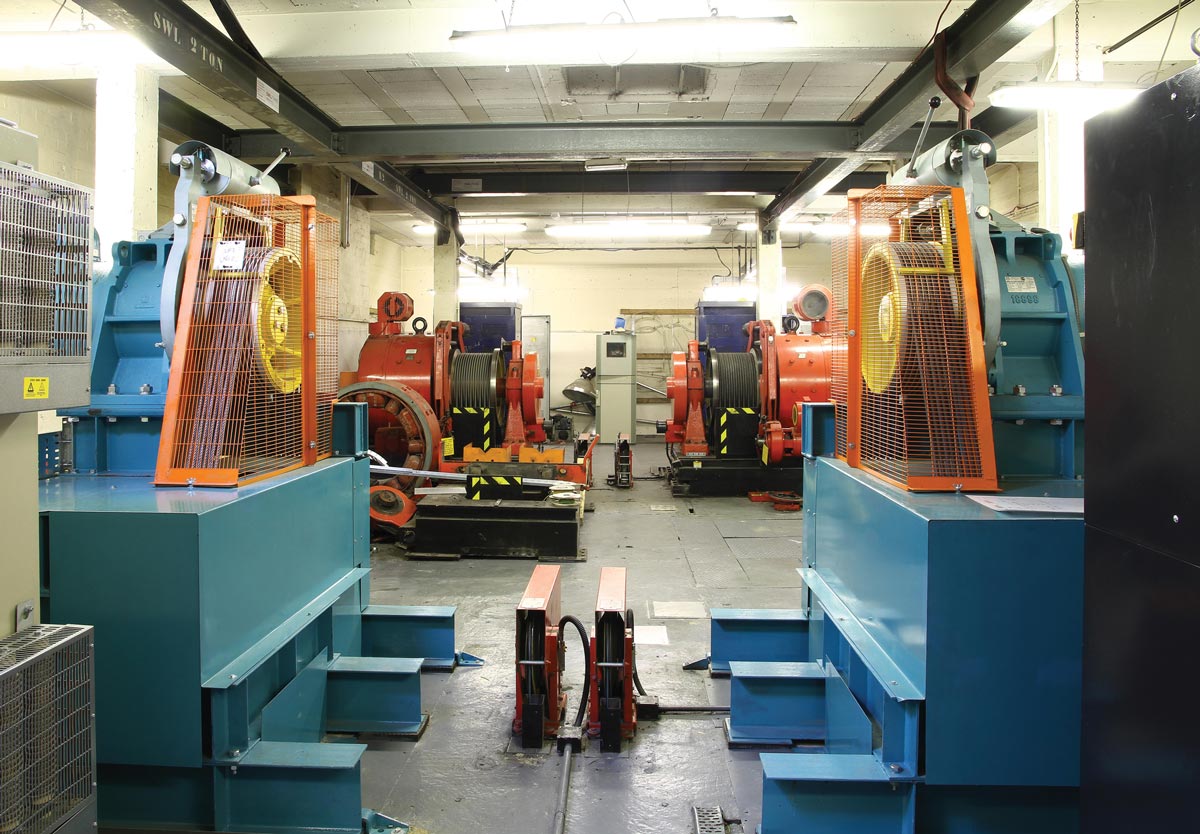
by Matt Thompson
Portland Tower, also known as St. Andrew’s House, is one of the most prominent high-rise commercial buildings in Manchester, U.K.’s City Centre and provides commercial office space to various institutions. The tower, finished in 1962, was one of the first high-rise buildings built in the 1960s and 1970s across the country in the brutalist style, which often emphasizes concrete as a structural medium with repetitive angular geometries.
Portland Tower recently underwent a facelift in the context of a major regeneration of Manchester’s City Centre. Ansa Elevators Ltd. of northern England was awarded a contract for the modernization of the tower’s four lift systems and selected Wittur to provide most components for the project.
The four lifts feature a rated load of 1360 kg and service 22 floors with a total travel of 75 meters.
Ansa planned the upgrade liaising closely with the client and Wittur, and modernized one lift system at a time, while retaining the other three lifts in operation. The solution included an overlay control system, modernization of the existing Schindler QKS 9 landing-door system with new car-mounted operators and new gearless main-drive machines from Wittur Electric Drives.
Phase I of the project retained all existing landing doors and mechanisms, while producing specifically designed car door operators based on the Wittur AMD modular design with bespoke door-panel adapters and couplers. The high adaptation capability of AMD meant that car door panels and sills could also be retained. New landing and car-operating stations were installed and connected to the overlay control system.
In the machine room, two Wittur WSG 19.4 gearless drives with new bedplates took the place of two of the existing Schindler lift traction machines. The advanced electromagnetic design of these traction machines provided reduced power consumption and high efficiency, and enabled the conversion of the existing double-wrap arrangement to a single-wrap configuration, while retaining the set speed of 3.5 mps. Phase II will see the second pair of lifts in the system completely modernized in the same manner, and the final two old drive machines in the machine room will be removed.
John Bentley, managing director of Ansa, comments on the results:
“The capability to provide comprehensive lift modernization with minimal customer impact has resulted in a massive improvement in traffic movement in a building where lift service is crucial to the client. It is consistent with Ansa’s commitment to providing customer–focused sustainable solutions.
“The completion of Phase II will see a major transformation. . . . It is impressive to compare the size and complexity of the old machines with the new drive units and control system, and realize that the new units offer a much improved performance and reliability at a fraction of the energy costs.”
Get more of Elevator World. Sign up for our free e-newsletter.

